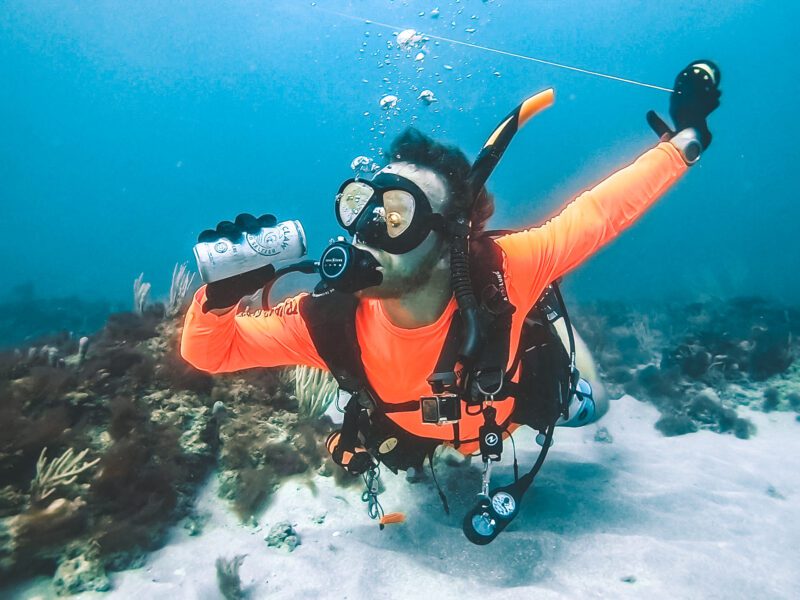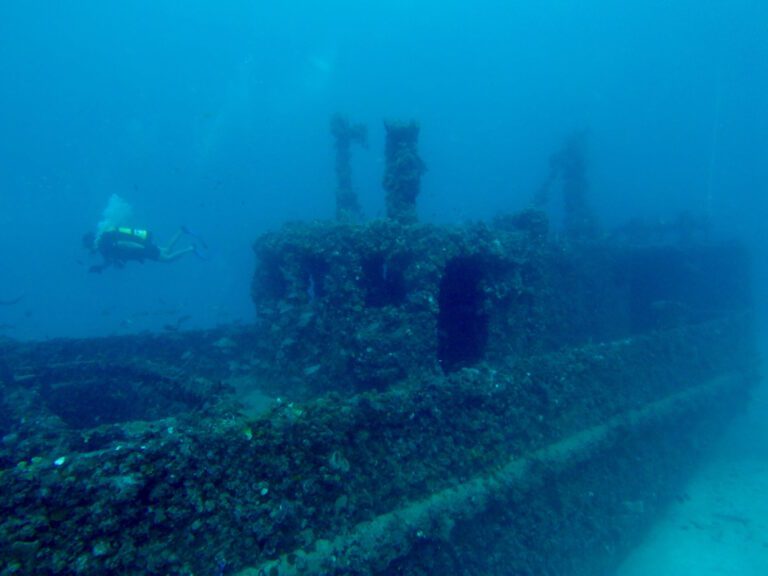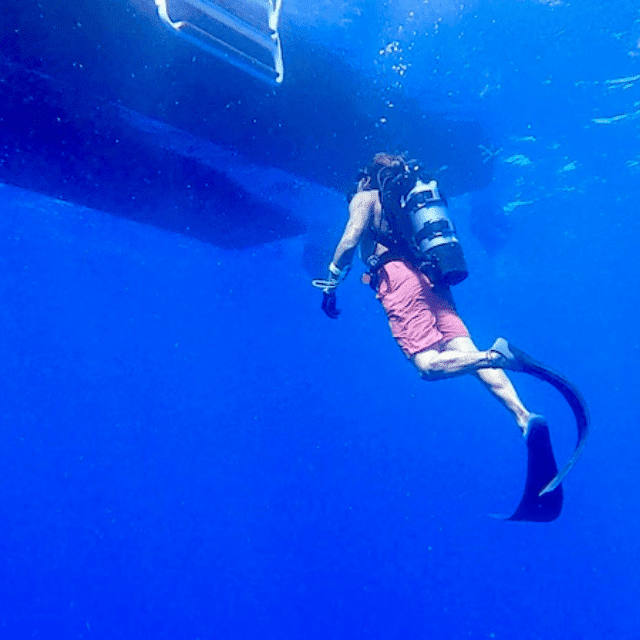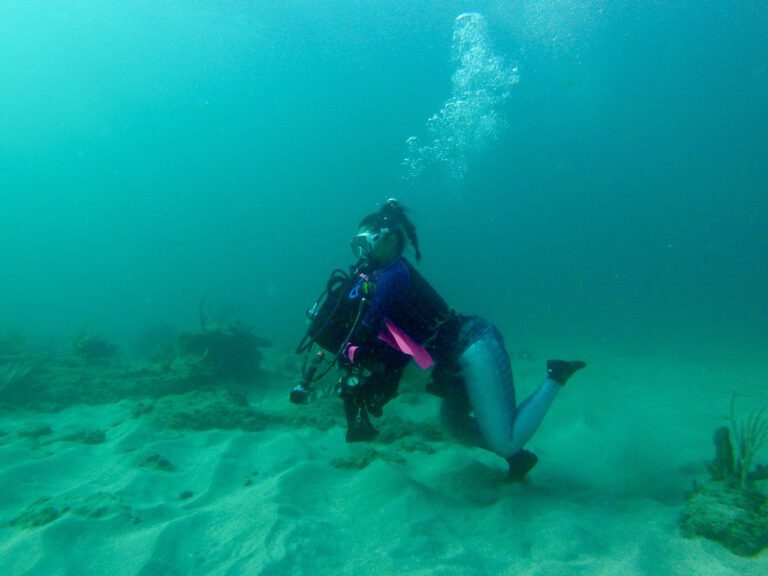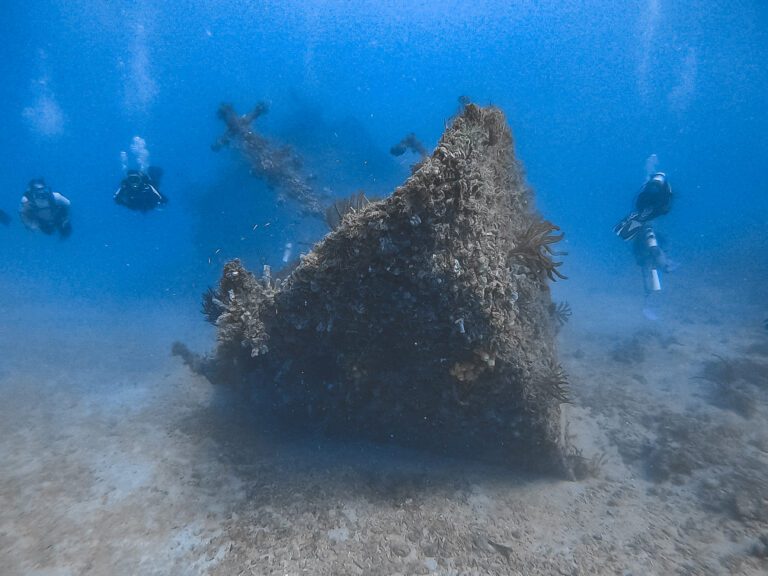Know the Lingo: Scuba Diving Acronyms
Scuba Diving is filled with dozens of acronyms to remember for anything and everything. After all, SCUBA is an acronym itself! Goodness! This list features all of those oh-so forgettable scuba diving acronyms you should totally have remembered!
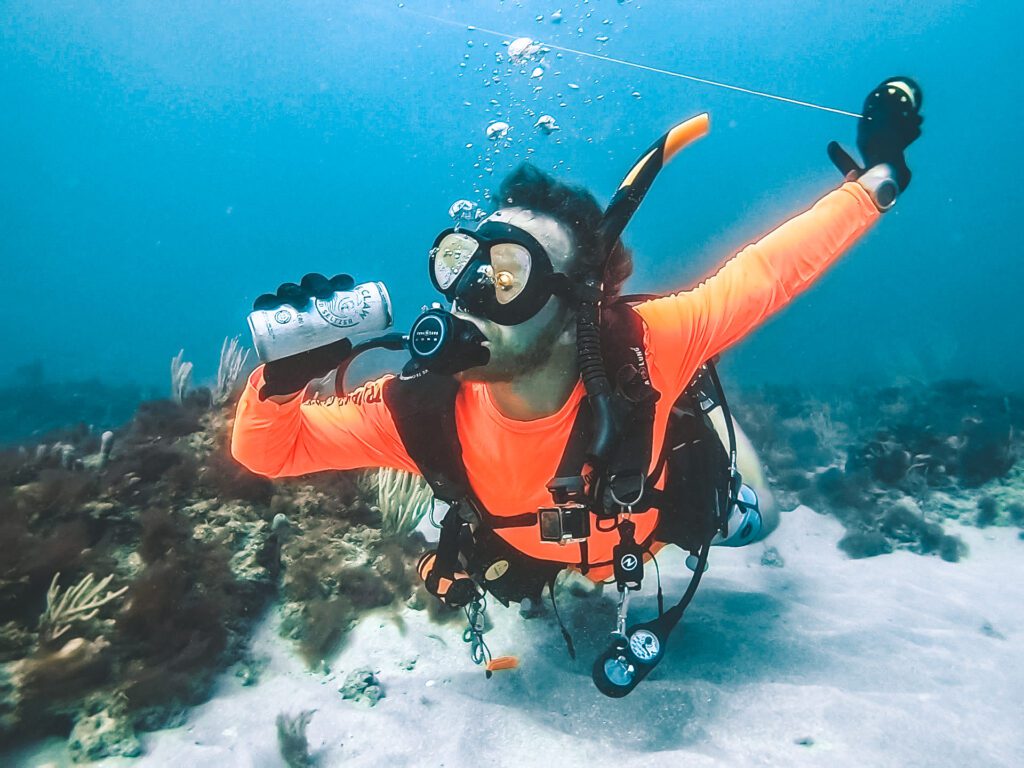
SMBs, EANs, PADIs, NAUIs, and maybe even your ABCs – scuba diving is a gear intensive sport with all sorts of acronyms used to remember the ins and outs of the underwater activity. This handy list covers the most important, and most common, scuba diving acronyms!
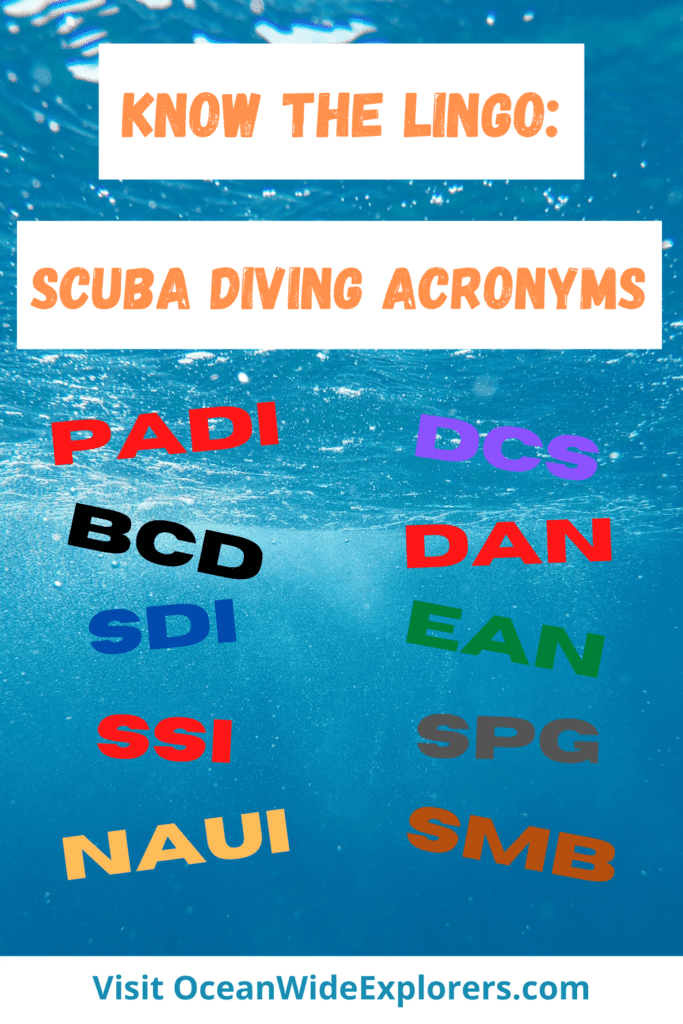
The most important Scuba Diving Acronym
SCUBA! The name of the sport itself! Which stands for:
SCUBA: Self-contained Underwater Breathing Apparatus. The sport is literally an acronym! We almost guarantee that’ll be a test question in your open water certification class.
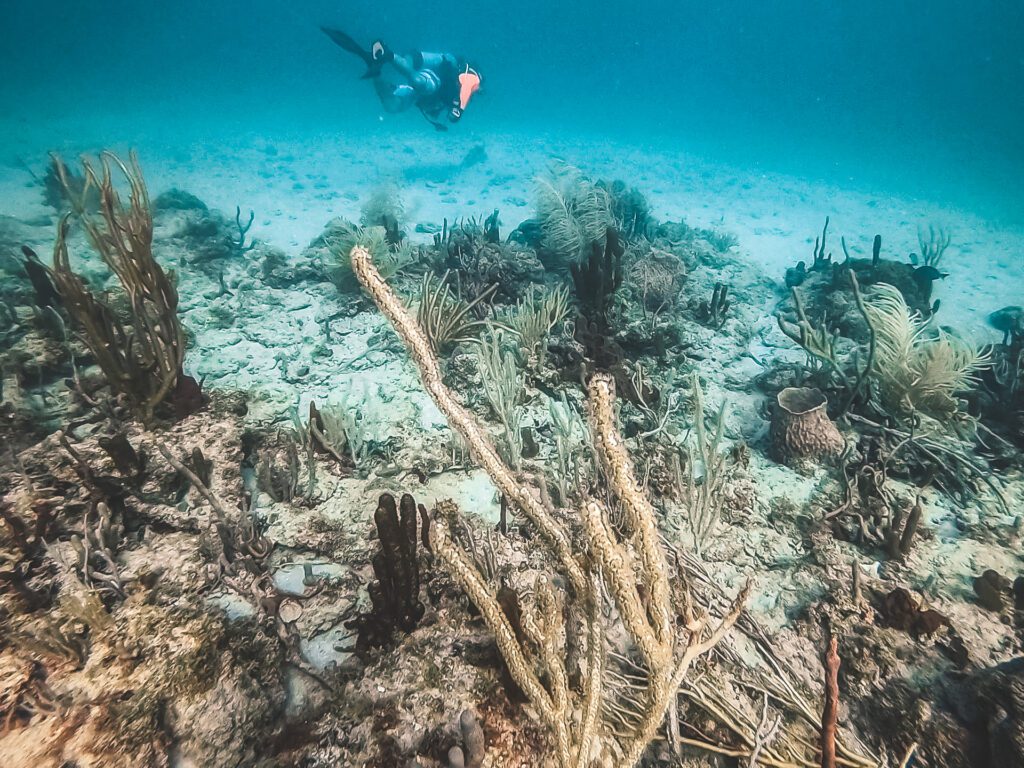
Scuba Certification Agency Acronyms
Looking to get scuba certified? PADI, NAUI, SDI, and SSI are the most widely accepted scuba certification agencies in the world.
But what do they stand for?
PADI: Professional Association of Diving Instructors. PADI is the most widely recognized certification agency in the world. Founded in 1966, the organization expanded scuba instruction to make it more accessible to the recreational diver.
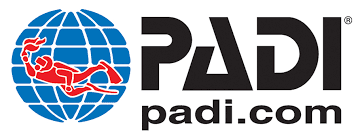
NAUI: National Association of Underwater Instructors. The OG dive agency; founded in 1959, NAUI literally wrote the books on scuba diving as we know it. Today, it’s the second largest certification agency and one of the most thorough courses on the market.
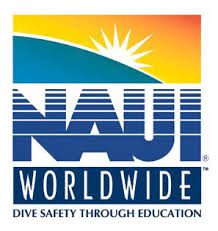
SDI: Scuba Diving International. Sister company to Technical Diving International (TDI), SDI has offered open water classes since their founding in 1998.
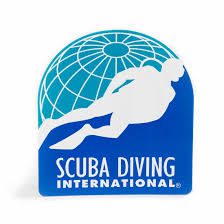
SSI: Scuba Schools International. A similar structure to PADI, SSI has been producing new open water divers since the 1970s. The US based organization is widely accepted around the diving world.

Other Vital Agency Acronyms for Scuba Diving
Scuba divers are supported by agencies far beyond those that certify you. You know, the ones that help keep you healthy, save you, AND save our marine life. Pretty important, right?
DAN: Divers Alert Network. Per their website, DAN is “the diving industry’s largest association dedicated to scuba diving safety. Serving scuba divers for more than 30 years, DAN provides emergency assistance, medical information resources, educational opportunities and more”.

NOAA: National Oceanic and Atmospheric Administration. From Wikipedia “The National Oceanic and Atmospheric Administration is an American scientific agency within the United States Department of Commerce that focuses on the conditions of the oceans, major waterways, and the atmosphere”. Essentially, they’re the leading scientists who are actively defending our oceans.
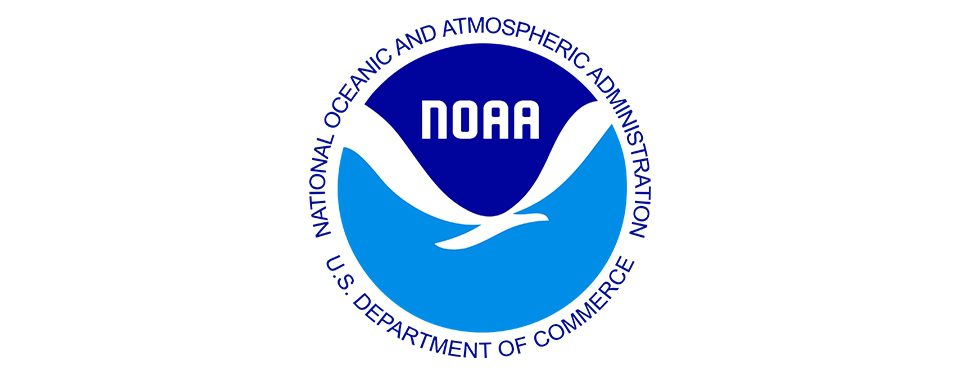
USCG: United States Coast Guard. Let’s just say as a diver, you hope you never have to call the USCG. Why? That probably means you’re in trouble. Just remember, in US waters, keep that radio on channel 16! The USCG is one call away.
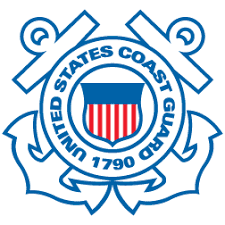
MPA: Marine Protected Area. A zoned off area established by local governments, agencies, and conservation organizations. An MPA prohibits fishing or harvesting marine resources of any kind within its boundaries. Fortunately, MPA’s have been shown to be effective in regenerating and protecting local marine life!
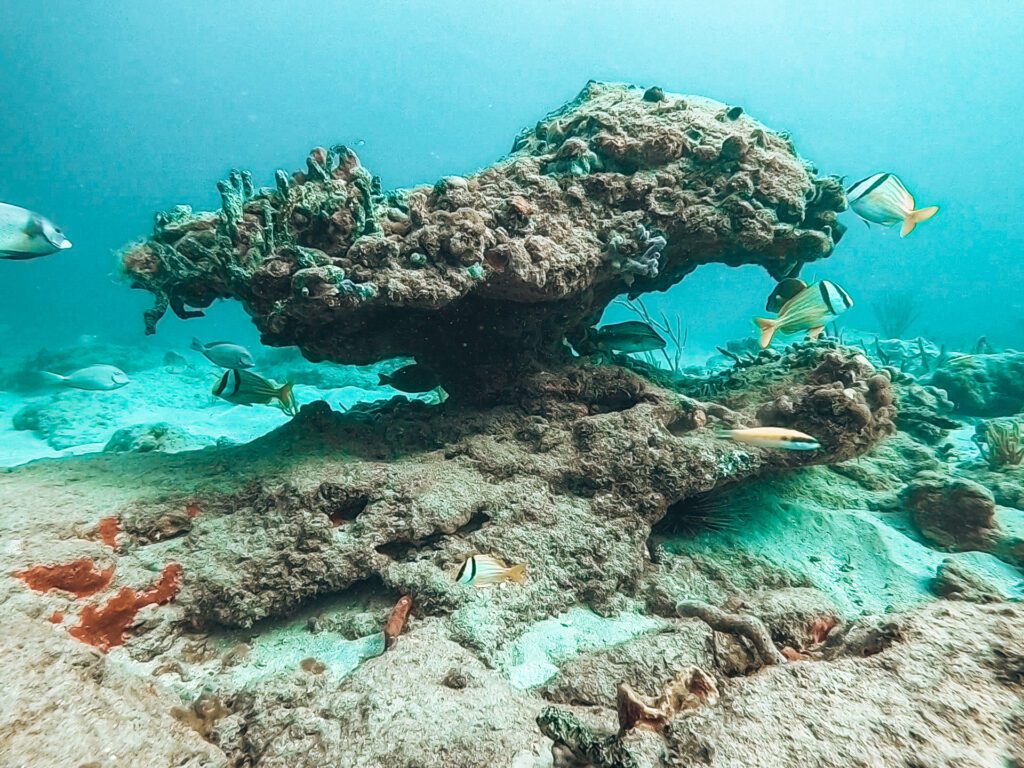
Acronyms for Scuba Diving Equipment
Gear, gear, gear. Scuba diving has so much gear! Not to mention, the plenty of accessories that go with it. Keep them all straight in your mind with these useful acronyms:
BCD: Buoyancy Compensating Device. You know, that large vest-like thing you’re wearing underwater? Your BCD uses your air cylinder to adjust your buoyancy underwater. Additionally, it holds your tanks in place, too!
Don’t have one yet? Compare BCD prices on Leisure Pro or House of Scuba.
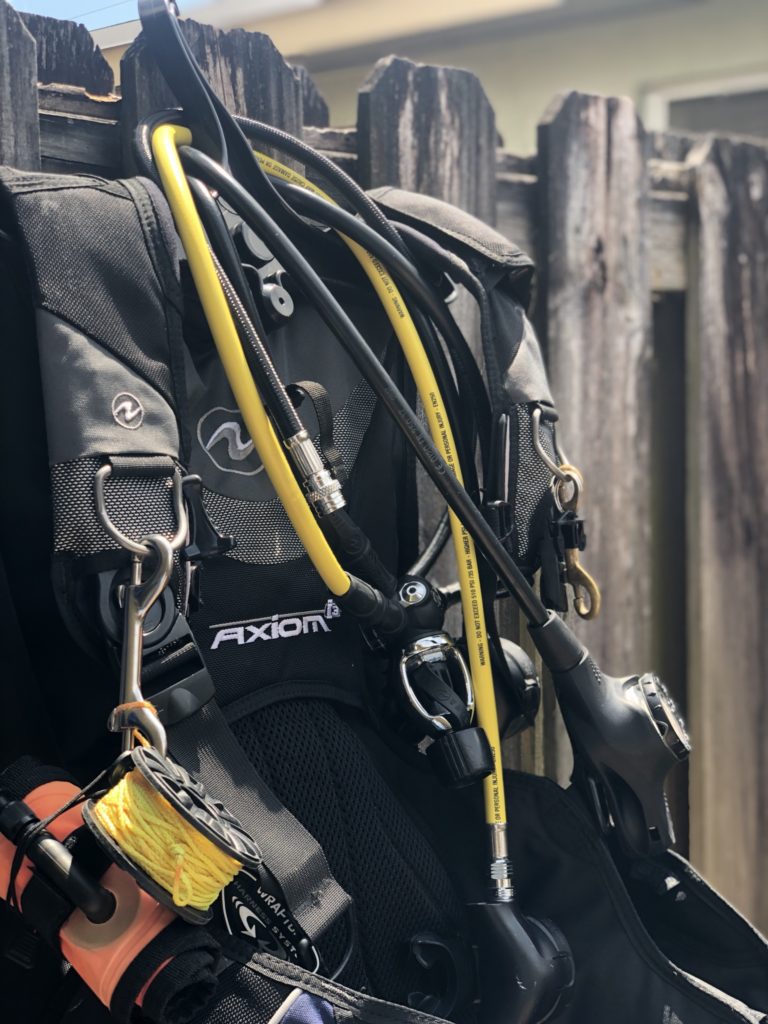
SMB: Surface Marker Buoy. Safety sausage, surface signaling device, giant orange tube; whatever you’d like to call it! Every diver should be outfitted with this vital piece of safety equipment to signal nearby boats that you’re at the surface.
Don’t have one? Compare SMB prices on Leisure Pro or House of Scuba.
SPG: Submersible Pressure Gauge. SPGs display how much air you have left in your tank. Many of the newer consoles include compass attachments and computers, as well.
DIN: Deutsches Institut Für Normung. Yup. You read that right, and just like you, I have no idea how to actually pronounce it (my lack of knowledge in the German language may have something to do with it). Essentially, a DIN insert can withstand higher pressures beyond your 3000 psi (200 bar). And as such, DIN inserts are becoming increasingly popular outside of Europe as they’ve become an indispensable component to technical and deep diving.
EAN: Enriched Air Nitrox. A blend of air in a scuba cylinder with higher oxygen levels than your stand compressed air (˜21%). Common mixes are 32 and 36 EAN.
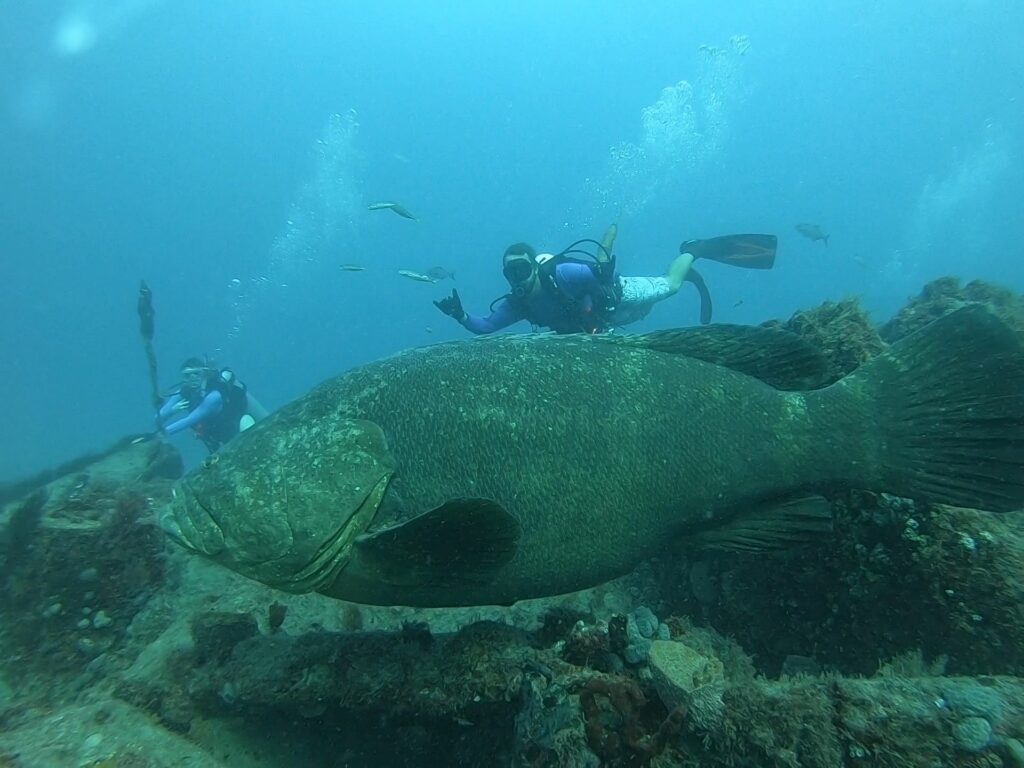
Scuba Diving Acronyms for Classes and Training Sessions
Can’t remember all those handy acronyms from your open water training sessions? These should spark those memories:
BWRAF: BCD, Weights, Releases, Air, Final OK (Fins to Face). PADI’s infamous buddy check. You’ll hear the term BWRAF rattled off on a boat of open water students!
CESA: Controlled Emergency Swimming Ascent. Instructors use a CESA in PADI open water courses to teach students how to ascend in the case of an out of air experience.
SORTED: Used for a safe descent in PADI courses. Signal to go down (thumb down), Orientate where you are going (pick a reference point such as a down line), Regulator in, Time, Elevate low pressure inflator hose (remove air from your BCD so you can sink), Descend and equalize those ears!
STELLA: Used for a safe ascent in PADI courses. Signal to go up (thumb up), Time (ascend at a rate of 1 foot per second), Elevate (low pressure inflator hose above your head to release expanding air in your BCD), Look and Listen for any boats above, Ascend slowly and safely.
DMA: Divemaster Academy. DMA is commonly referenced for those divers seeking to become professionals.
IDC: Instructor Development Course. Same goes for the IDC – the IDC is an intensive scuba diving school transitioning Divemasters to open water instructors.

Other Common Acronyms Used in Scuba Diving
Take a gander at these other common acronyms that you’ll be hearing around the dive center:
ADT: Actual Dive Time. Your total time spent underwater. From descent to ascent.
NDL: No Decompression Limit. The amount of time a diver has underwater, at a given depth, before entering decompression (deco). If a diver enters deco, they must periodically stop during their ascent to offload an excessive gas build up within their blood.
DCS: Decompression Sickness. DCS occurs when nitrogen dissolved in the blood and tissues by high pressure forms bubbles as pressure decreases. Symptoms can include fatigue and pain in muscles and joints.
MOD: Max Operating Depth. When diving with EAN, or compressed air for that matter, you have a max operating depth. This depth should not be exceeded as it is deemed unsafe for your given mix of oxygen.
SIT: Surface Interval Time. The amount of time between dives. A longer surface interval time allows divers to offload more nitrogen build up in the system.
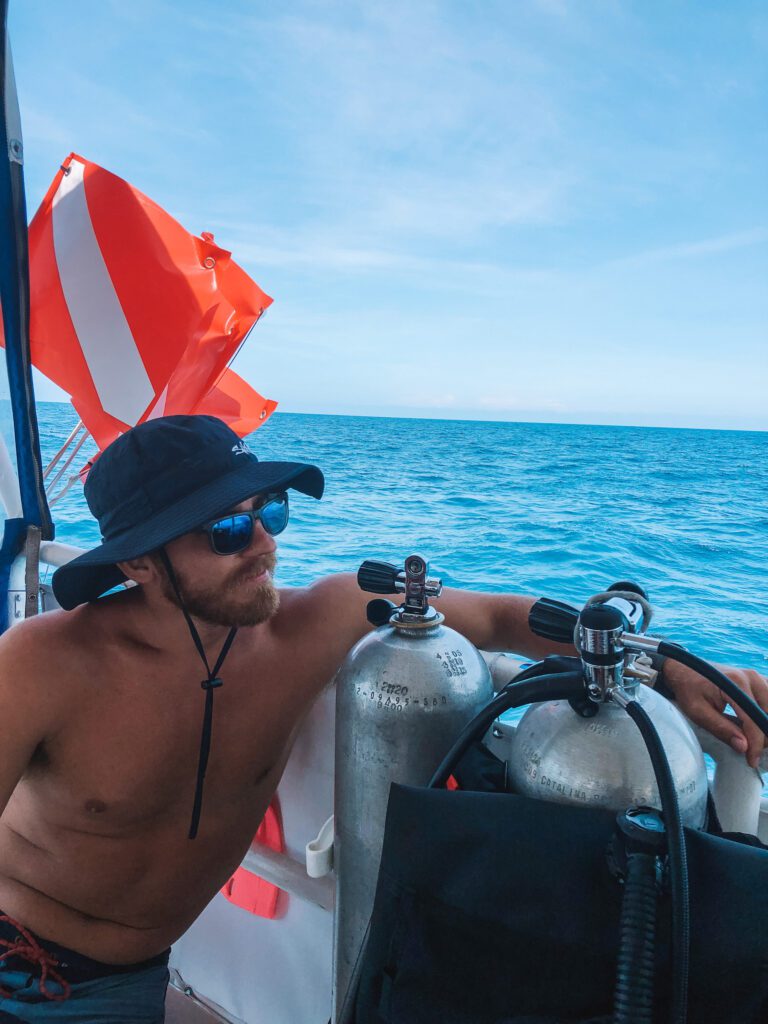
Enjoy this Post? Pin it!

Read More Scuba Diving Tips
We hope you enjoyed our post on scuba diving acronyms. Hopefully you’ll find it useful on your next adventure! Here are a few more ocean-loving articles we think you should read next:
- 9 Tips to Conserve Your Air While Scuba Diving
- Lionfish Hunting: Everything You Need to Know
- 10 Must-See Dive Sites in Fort Lauderdale
- 9 Fun Things to Do on Your Safety Stop
What other scuba diving tips and tricks did we miss? We want to hear from you! Let us know in a comment below!

